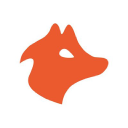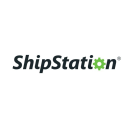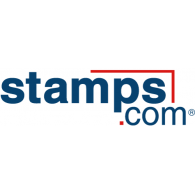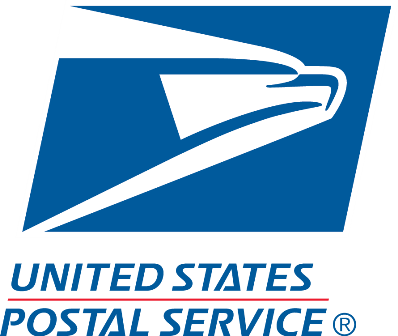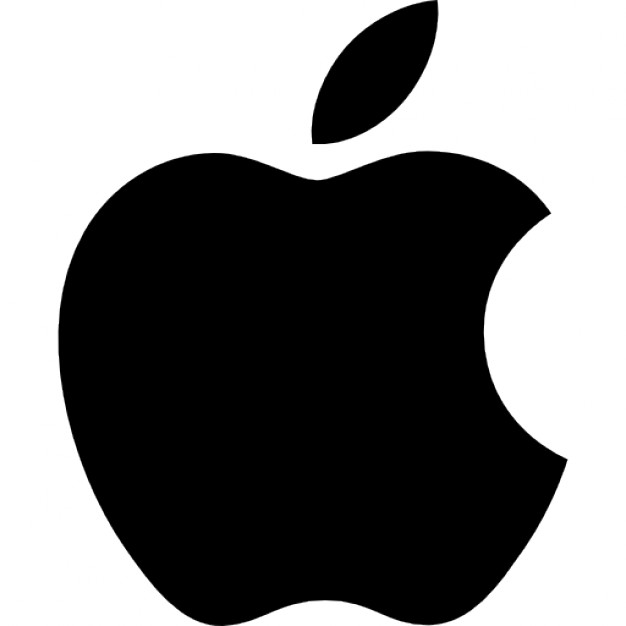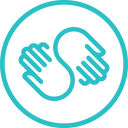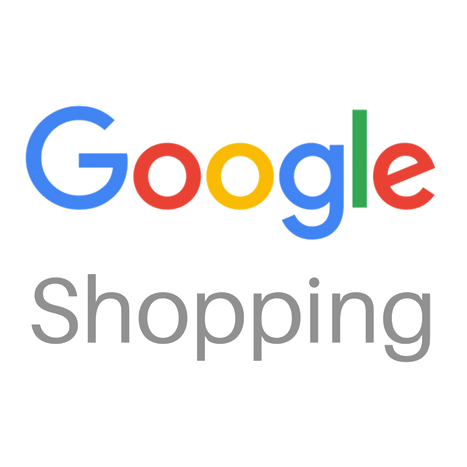How I Started A $19K/Month Personal And Home Fragrances Brand
Hello! Who are you and what business did you start?
Hi, my name is Rafael Hernandez and I am the founder of Alfred Lane. I have a line of personal and home fragrances handcrafted in small batches out of our Miami studio. I began selling solid colognes initially as an alternative to spray colognes and released three fragrances.

The solid colognes are made out of shea butter, beeswax, jojoba oil, vitamin E, and our fragrances. Since the beginning, we’ve made each solid cologne by hand and have since expanded to 7 fragrances. Our first sale on Shopify was on February 12, 2013, and in that month, I landed my first wholesale account.
Our customers initially were men as we wanted to bring to market something that wasn’t as readily available for them. Now our customers are 30% women buying our products either for their significant other or themselves — the rest are men. My flagship product is...

Download the report and join our email newsletter packed with business ideas and money-making opportunities, backed by real-life case studies.

Download the report and join our email newsletter packed with business ideas and money-making opportunities, backed by real-life case studies.

Download the report and join our email newsletter packed with business ideas and money-making opportunities, backed by real-life case studies.

Download the report and join our email newsletter packed with business ideas and money-making opportunities, backed by real-life case studies.

Download the report and join our email newsletter packed with business ideas and money-making opportunities, backed by real-life case studies.

Download the report and join our email newsletter packed with business ideas and money-making opportunities, backed by real-life case studies.

Download the report and join our email newsletter packed with business ideas and money-making opportunities, backed by real-life case studies.

Download the report and join our email newsletter packed with business ideas and money-making opportunities, backed by real-life case studies.




